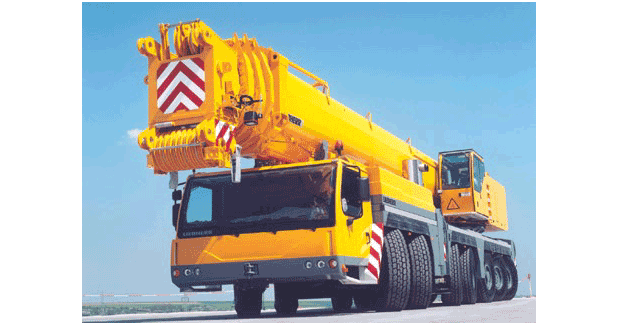
Safety in Mobile Cranes
Do you plan to buy new safety system for your mobile crane? There are a number of safety systems of various brands available in India. Do all these brands really protect your crane from all unsafe conditions? Have you ever thought that your retrofit system manufacturer provides all the options provided by the crane data?
Most of the systems manufacturers show basic data like boom length, boom angle, load signal etc. These systems are good for small crane whose capacity only depends on boom length and radius.
As we go for heavy cranes close to 100 tonne and above, the capacity of crane at any position depends on many factors other than basic factors.
The capacity of telescopic crane also depends on length of individual boom sections. The manufacturer provides boom extension in their load charts. It may be displayed in terms of percentage of individual extension. The boom may have locking system at predetermined places. Each boom sections of telescope are locked with their succeeding sections. The crane loses its capacity if any of the locks is not engaged properly.
The safety system must consider the position of lock and boom section percentage. For the same boom length, the crane may have different capacities as per boom section configuration. For example, LTM 1400 crane with full counterweight at 36.5 m boom length will have 92-92-0 and 0-92-92 percentage telescope combination, there is considerable difference in capacities.
Moreover, many cranes have different capacities at different slewing angle with respect to chassis, i.e., over rear, over side, and over front. The system must sense slewing angle and select proper load chart. Before selecting any brand, refer to your load chart, understand all parameters, compare with OEM fitment parameters and ask manufacturer for all those safety parameters.
Many higher capacity cranes have special attachments which strengthen physical capacity of cranes. Safety system must consider all these conditions and customers must take a note too while buying a safety system. Even some special cranes need certain type of electronic circuitry along with safety system proper execution. A full-fledged system should provide these requirements.
One more key factor of safety system which customer should consider is its user-friendliness. Just as crane operators should be able to diagnose the safety problems and in case of rescue situation, operator should be able to handle the situation with ?Safe-Bypass?mode which will enhance functionality of cranes. Therefore, in a nutshell, cost cannot be only consideration while choosing safety systems in heavy mobile hydraulic/crawler cranes (close to/more than 100 tonne). One should select such systems which will use and consider the maximum crane data for safety system as well as, last but not least, to mention an efficient and prompt after sales service report.
The author is Partner, Cranesafe Technologies.


 +91-22-24193000
+91-22-24193000 Subscriber@ASAPPinfoGlobal.com
Subscriber@ASAPPinfoGlobal.com